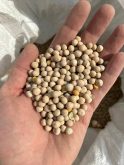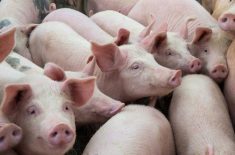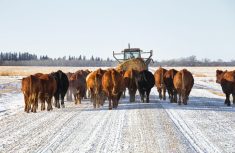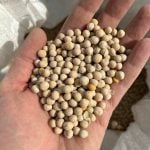Western Canadian feeder cattle prices were steady with week-ago levels as mild temperatures and limited precipitation provided optimal conditions for feedlot placements.
Despite the softer tone for fed cattle, buying interest came forward from larger feedlot operators and the smaller farmer feedlot backgrounder. Run-of-the-mill black Angus-cross age-verified steer calves weighing 520 pounds sold for $164 per hundredweight in central Alberta. There is still very good demand, especially for the lighter calves. Heavier steers in the range of 850 to 900 pounds were slightly softer trading in the range of $125-$130/cwt in Feedlot Alley in southern Alberta. Alberta packers bought slaughter cattle at $114/cwt last week, down $2/cwt from a week earlier.
Read Also
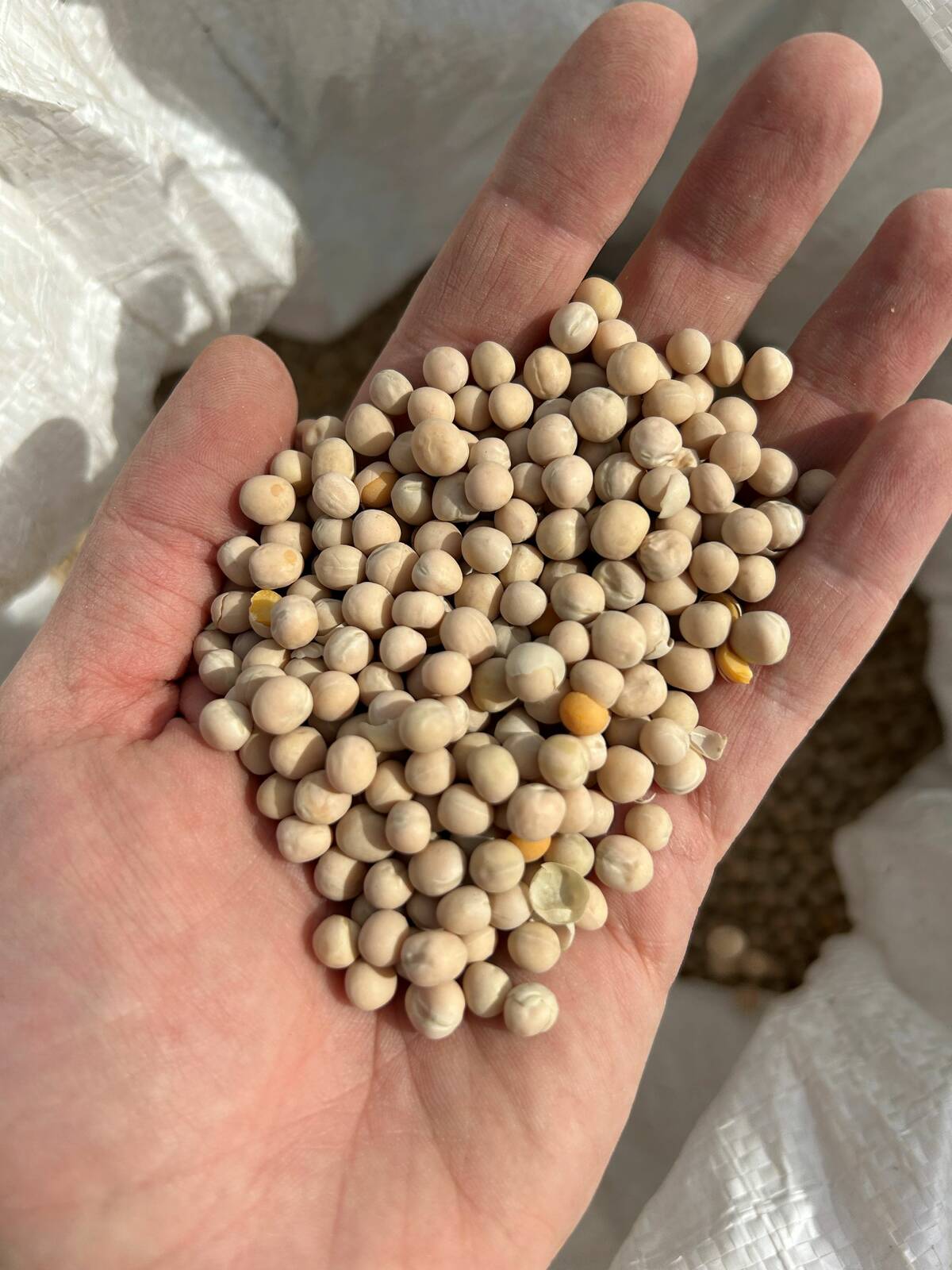
Pulse Weekly: No upside for peas until after New Year
Prices for green and yellow peas have dropped back across the Prairies over the last week. One of the major downward drivers was the Statistics Canada production report released earlier this month, said Levon Sargsyan of Johnston’s Grain in Calgary.
Good-quality bred cows are now reaching over $2,000 per head and bred heifers touched $1,900. For the first quarter of 2012, I’m looking for increased heifer retention in Canada and the U.S., which should keep feeder prices firm.
I mentioned last week that U.S. feeder cattle were strengthening in the southern Plains as producers in Texas start to purchase cows and stocker cattle. The drought area is shrinking and producers are looking to replenish herds that were liquidated during the summer of 2011. The U.S. Department of Agriculture reported that 529-pound heifers sold for $183 at Fort Pierre, S.D. I believe this is a record high for this weight category.
There is a fairly strong tendency for restaurant traffic to increase from January through March. This coincides with the seasonal tendency for feeder and fed cattle prices to trend higher in the first quarter.
North American equity markets are also expected to trend upward due to lower unemployment, higher consumer confidence and expanding gross domestic product (GDP). All these factors bode well for feeder cattle moving into the New Year.
— Jerry Klassen is a commodity market analyst in Winnipeg and maintains an interest in the family feedlot in southern Alberta. He writes an in-depth biweekly commentary, Canadian Feedlot and Cattle Market Analysis, for feedlot operators in Canada. He can be reached by email at [email protected] or at 204-287-8268 for questions or comments.



